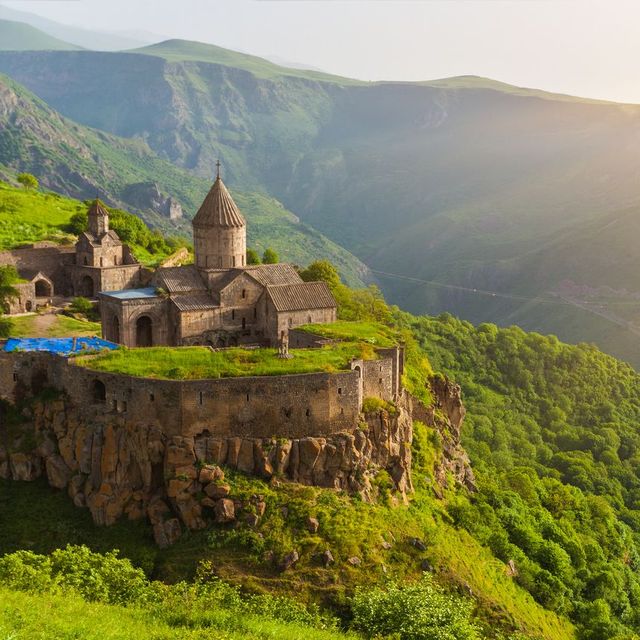
Best of the Caucasus
Georgia, Armenia, AzerbaijanCharms & contradictions of Azerbaijan, Georgia & Armenia

Charms & contradictions of Azerbaijan, Georgia & Armenia
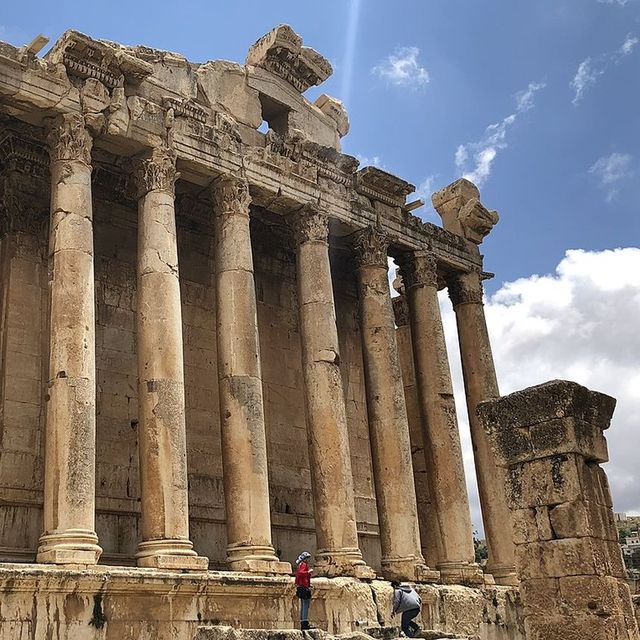
Discover ancient history, archaeology & architecture
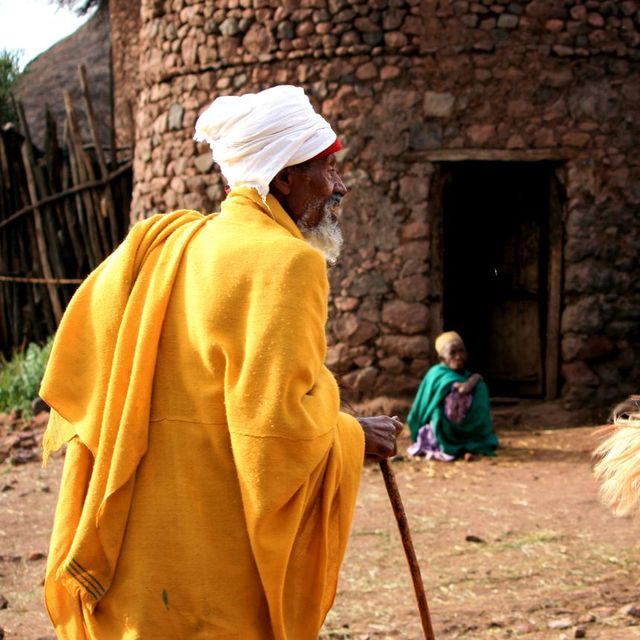
Rock-hewn churches, endemic wildlife and tribal culture
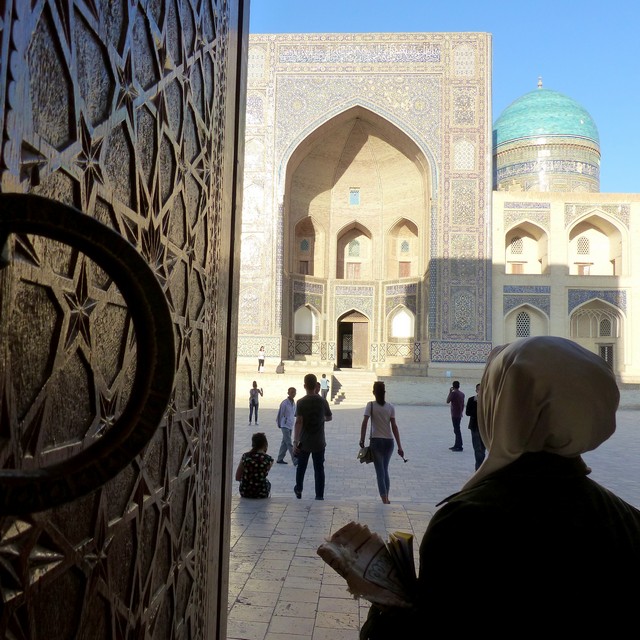
Ancient cities, spell-binding architecture and stunning landscapes
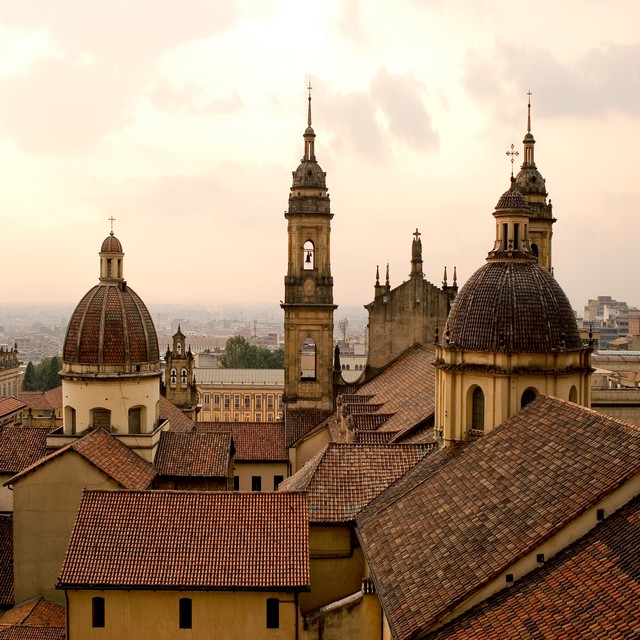
An epic journey through Colombia
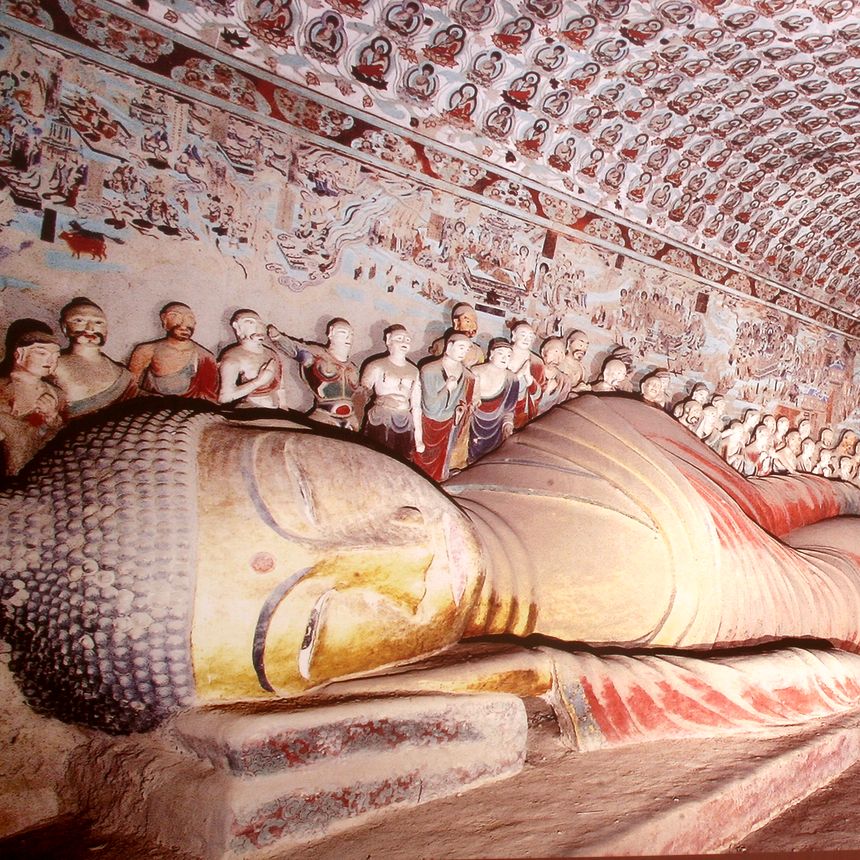
Trace ancient paths of merchants, scholars & smugglers
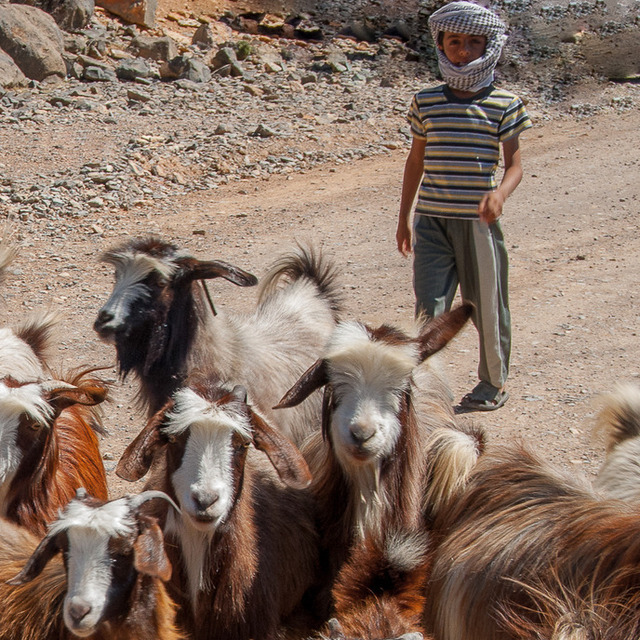
Souqs, canyons, Turtle Beach & the Wahiba Sands
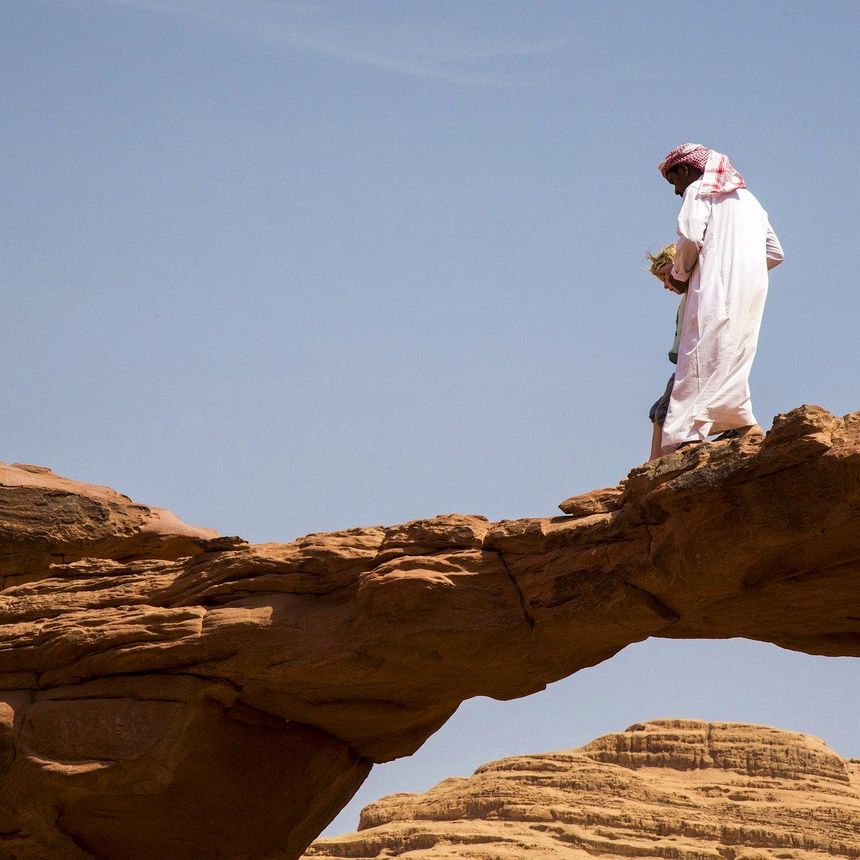
Welcome to Jordan, the gateway to the Middle East
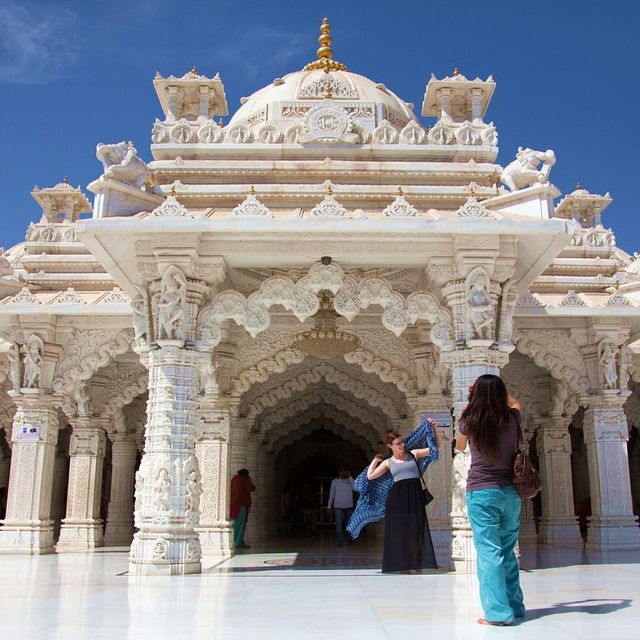
Tribal villages, temples, salt flats & the world's last Asiatic lions